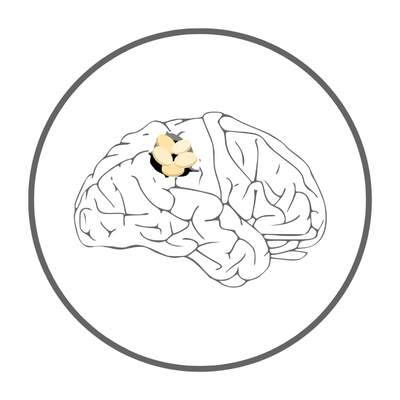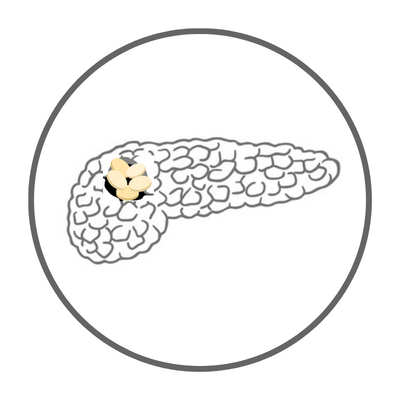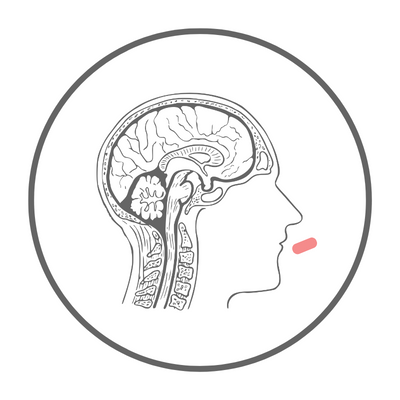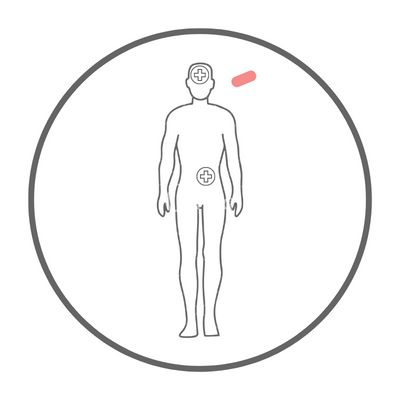Cerebraca® Wafer | Brain Tumor Treatment


Cerebraca® Wafer
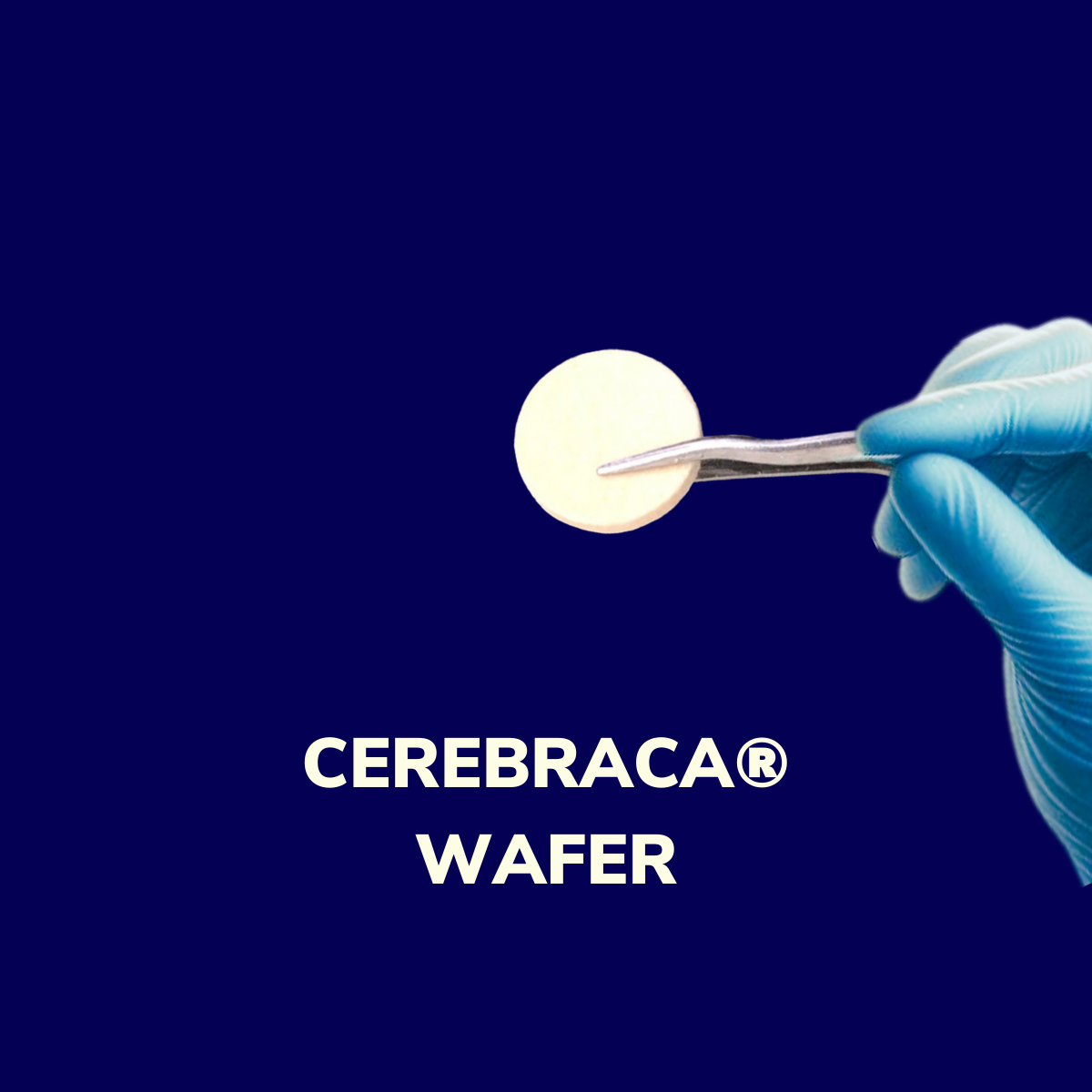
Combining the small molecule active pharmaceutical ingredient EF-API-001 and the biodegradable polymer, Cerebraca® Wafer is capable of potent tumor cell killing, immune activation, and reducing chemotherapeutic drug resistance.
- Cerebraca® Wafer is a therapeutic drug wafer that can be used to treat highly malignant glioblastoma (malignant brain cancer). It can be directly implanted into the brain and slowly releases drugs at a high concentration, high penetration, and long duration for about 1 month, exerting a multi-target effect that helps to treat cancer and make cancer cells more susceptible to chemotherapy or immune cell killing.
- Glioblastoma multiforme (GBM) is a highly malignant primary brain tumor that can grow up to 16 times its original size within a month. It has a high rate of recurrence after surgical resection, and there are currently no effective treatment options available.
- EF-API-001, the small molecule active pharmarceutical ingredient in Cerebraca® Wafer, has the following characteristics:
- Targeting Axl-1 receptor tyrosine kinase: effectively inhibits the growth and metastasis of brain tumor stem cells.
- Inhibiting the PD-L1 immune checkpoint: reduces the immune suppressive nature of the tumor microenvironment, thus preserving the activity of immune cells to kill tumor cells.
- Inhibition of MGMT DNA repair enzyme: overcomes resistance to Temozolomide (chemotherapy drug) and enables cancer cells to be killed again by chemotherapy.
- Cerebraca® Wafer, its small molecule active ingredient and biodegradable polymer are all manufactured by internationally renowned PIC/S GMP pharmaceutical companies in Taiwan to ensure high quality and reliable aseptic manufacturing processes.
A Phase I/IIa Study of Cerebraca Wafer Plus Adjuvant Temozolomide (TMZ) in Patients With Recurrent High Grade Glioma
-
Phaes I
- In August 2020, the Taiwan Phase I clinical trial was completed
- No adverse events related to the investigational drug were found throughout the trial
- In Cohort IV, which received high dosage:
- the median overall survival (OS) has reached 26.2 months (updated on July 2022), compared to existing strategies such as Gliadel® wafer (6.4 months), Temodar (5.8 months), or Avastin (9.4 months)
- The progression-free survival (PFS) rate at 6 months was 100%.
- Cancers 2022, 14(4), 1051; https://doi.org/10.3390/cancers14041051
- Phase IIa
- In October 2022, completed enrollment for the Taiwan phase IIa clinical trial
- CSR will be finalized by end of March in 2024.
Cerebraca® Wafer is More Effective in Overcome Cancer Stem Cells in Recurrent GBM
- As below Table shows, seven out of eight primary glioma lines acquired in this clinical trial revealed high expression of the cancer stem cell markers, CD133 and SOX2, suggesting that tumor recurrence presents high cancer stem cell generation.
- The IC50 of BCNU (active ingredient in Gliadel Wafer) in T1, a non-tumor stem cell line, was approximately 1200 µM. We further showed that GBM cells with high stem cell marker expression had higher IC50 when treated with BCNU (≥1600 µM). This result possibly correlates to the limited therapeutic effects of the BCNUloaded Gliadel wafer.
- However, the IC50 of BP (EF-API-001) in patient-derived primary glioma cell lines was lower than that of BCNU, indicating that the API of the Cerebraca wafer was more efficient than that of the Gliadel wafer. We further demonstrated that the IC50 of BP was around four times lower than that of the BCNU.
- Additionally, the difference in drug loading between the Cerebraca and Gliadel wafers was almost 10-fold (75 vs. 7.7 mg per wafer), which makes the cancer cell killing possible
- For more detailed information, please refer to Cancers 2022, 14(4), 1051; https://doi.org/10.3390/cancers14041051

Curing Rare Cancers
- Rare Cancers are a subset of orphan diseases that affect so few people that trying to cure them makes little economic sense without public incentives and special regulatory benefits.
- Our mission is to develop orphan drugs to treat rare cancers chosen for their low probability of survival due to the lack of effective treatments, the presence of few competitors offering objectively inferior products based on key medical metrics, and the possibility of rapidly gaining market share via licensing agreements with global pharma partners.
Glioblastoma (GBM)
The most common and lethal primary brain tumor Glioblastoma (GBM) is highly resistant to conventional radiotherapy and chemotherapy and cannot be effectively controlled by surgical resection. As recurrence is inevitable and progresses rapidly, GBM is considered essentially incurable. Survival rate is low and median life expectancy is 6 months after relapse.
Glioblastoma (GBM) is the most common and lethal primary brain tumor that is highly resistant to conventional radiotherapy and chemotherapy, which cannot be effectively controlled by surgical resection. Recurrence is inevitable and progresses rapidly, rendering GBM essentially incurable. Survival rate is low, median is half a year after relapse.
A great challenge in current therapies lies in delivering chemotherapeutic agents effectively to the tumor location in the presence of blood-brain barrier (BBB) and blood-brain tumor barrier (BBTB), a hurdle that is reducing the efficacy of anti-tumor drugs in GBM therapy.
Why Target Glioblastoma Multiforme (GBM)
There have been no new advancements in Glioblastoma Multiforme (GBM) treatment for nearly 20 years, compared to other cancer treatments such as lung cancer, where over 30 drugs have been introduced in the past two decades.
This highlights the difficulties and challenges faced globally in the treatment of brain cancer, which is a primary reason for our active involvement in this field.
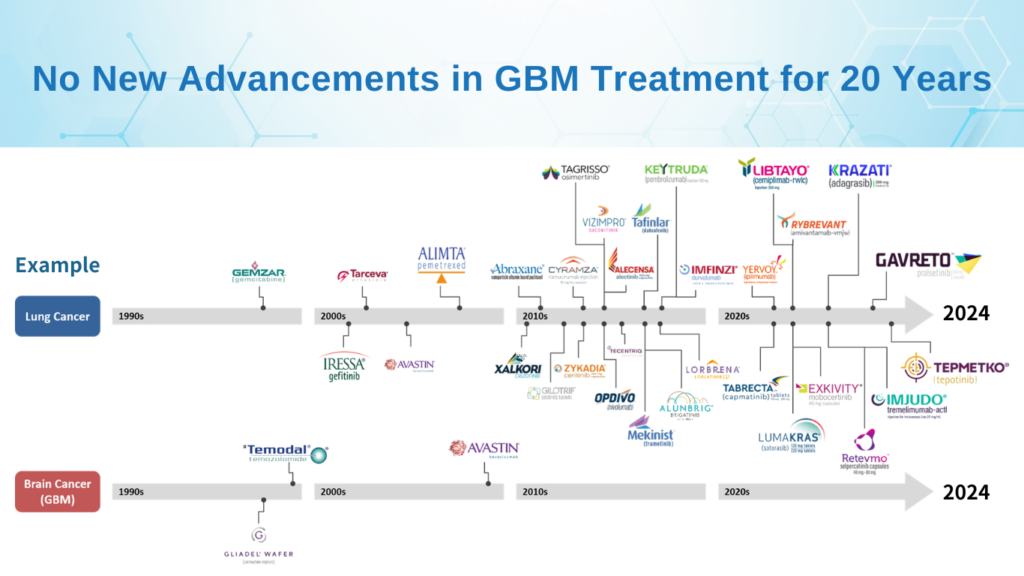
Our Innovative Approach
Harness the Power of the Human Immune System
We seeks to identify and develop active compounds with the ability to amplify the body’s natural defense across many metrics, both by fortifying the patients’ immune system and weakening the disease to increase its vulnerability to medical treatments.
Use Small Molecules Drugs as Our Key Therapeutics
Given their relatively low molecular weight, simple chemical structures, more predictable pharmacokinetics and pharmacodynamics, small molecule drugs not only have superior safety profiles, but they can pass through cell membranes to reach intracellular targets and be formulated in many forms.
Improving Efficacy with Targeted Drug Delivery
We use targeted drug delivery platforms to improve the efficacy of our products with options like slow-released local delivery system, systemic drug delivery system, dripping pill formulation, dermal application formulation and injectable formulation.
Product Profile
Product Name
Cerebraca® Wafer
Disease
Brain tumor (glioma and meningioma)
Target Market
North America, Europe, Asia, China, Japan, others
Market Size
US market worth around USD 1.714 billion*
Competition Size
Patents on much less effective Gliadel® wafer and TMZ have expired.
Objective Size
Best-in-class surgical combination therapy capturing a 15% market share from both the chemotherapy and the immunotherapy market.
*The global brain tumor drug market was approximately $2.31 billion in 2021 and is expected to increase to $4.43 billion by 2029, reflecting a compound annual growth rate, or CAGR (compound annual growth rate), of 9.0% over that period. (Fortune Business Insight (2021-2029))
How Does Cerebraca® Wafer Work?
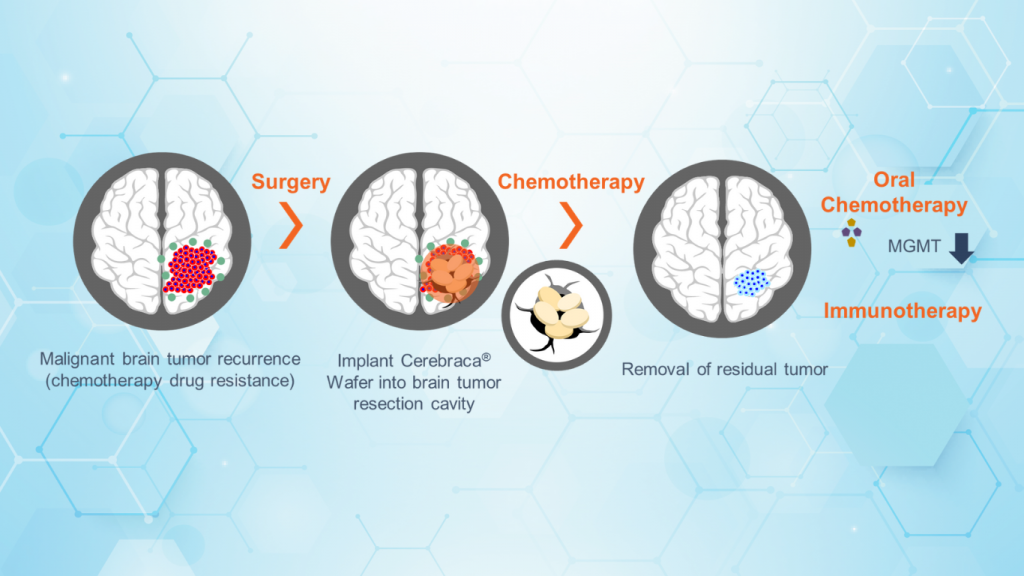
After surgical resection of recurrent brain tumors, Cerebraca® Wafer (implanted tablets) will be implanted during the operation. The tablets will slowly decompose and release small-molecule targeted drugs directly into the tumor, so sufficient drug concentration can be achieved locally in the lesion, killing cancer cells that cannot be completely removed by surgery without damaging other tissues.
Why Cerebraca® Wafer Does It Better on Curing GBM?
■ US FDA Orphan Drug Certification
The protection and preferential measures are granted under the Orphan Drug Development Act.
■ Providing Longer Life Expectancy
Phase I clinical trial results shows median overall survival of patients who received the highest dose exceeded 2 years, and one patient still lives a normal life 3 years in the treatment.
■ Low-toxicity
No drug-related adverse reactions recorded during clinical trials – no brain swelling, epilepsy and wound-healing effects.
■ Local Drug Delivery
After implantation, the tablets will slowly decompose and release small-molecule targeted drugs directly into the tumor, so that sufficient drug concentration can be achieved locally in the lesion.
■ Multiple Targeting Effects
Small-molecule targeted drugs in-situ weakens the cancer, makes it highly vulnerable, less resistant, and easy to kill by the combination of additional therapies.
■ Improve Immune Activity
Inhibiting tumor cell PD-L1, and activating immune system to kill tumor, thus reverses the immunosuppressive environment typically associated with traditional therapy.
How Cerebraca® Wafer Compares to Conventional Treatments of Recurrent GBM
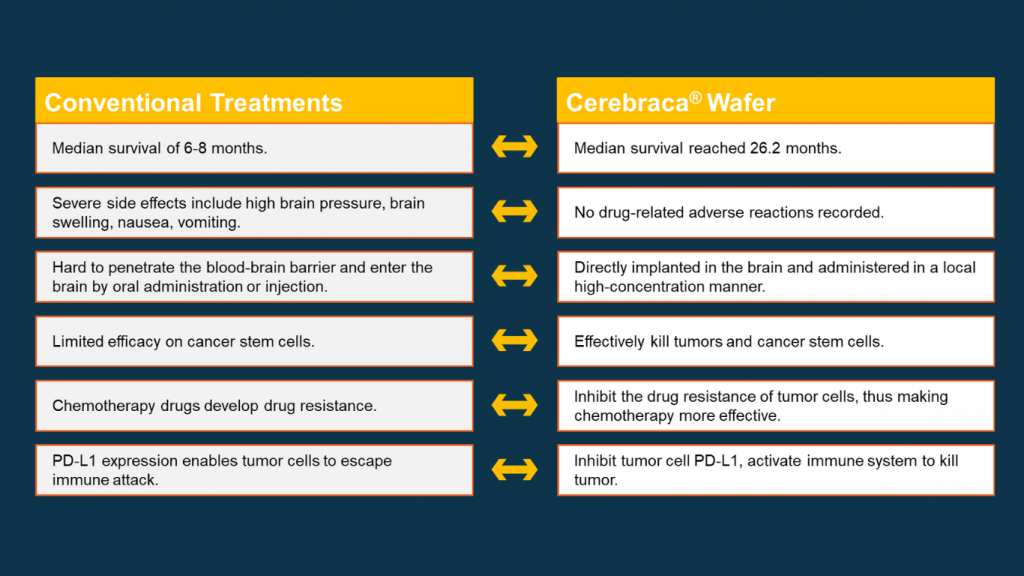
Market Share (Forecast)
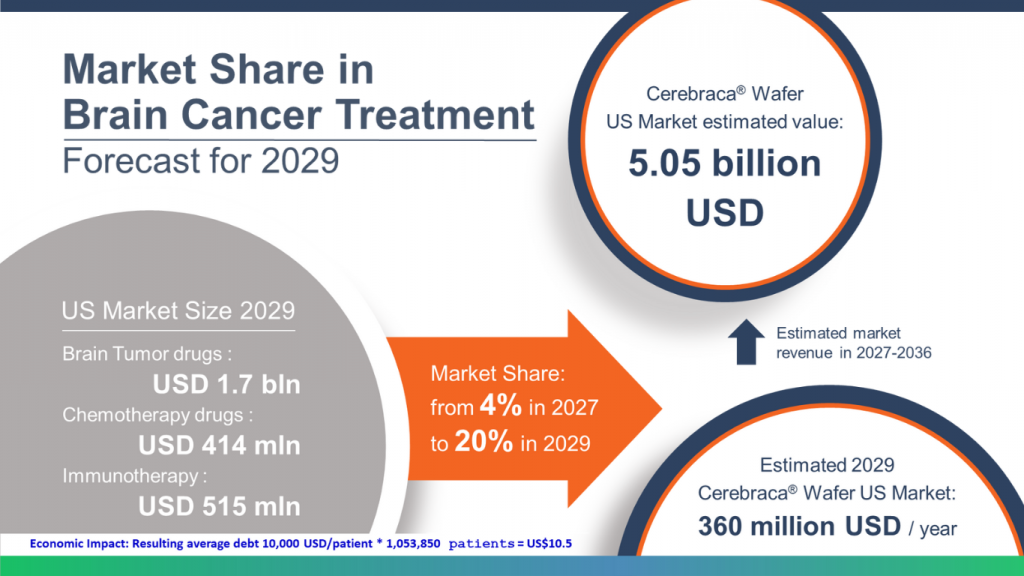
Key Active Ingredients
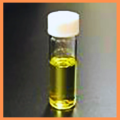
Active Pharmaceutical Ingredient (API): EF-API-001
- Small molecule
- Low toxicity: Rat LD50 = 1,850 mg/kg
- PIC/S GMP product
EF-API-001 is a small molecule, discovered from natural product researches and synthesized and manufactured through strict GMP processes and controls. EF-API-001 revealed excellent safety profiles and is an exciting discovery of multiple disease treatment capabilities.
KEY anti-cancer effects of EF-API-001: inhibiting tumor growth, inhibiting stemness, inhibiting chemo drug resistance, and immune response stimulation.
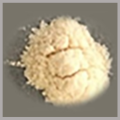
Excipient
- FDA approved, bio-degradable material
- Excellent bio-compatibility
- PIC/S GMP product
Summary of Mechanism of Action (MOA)
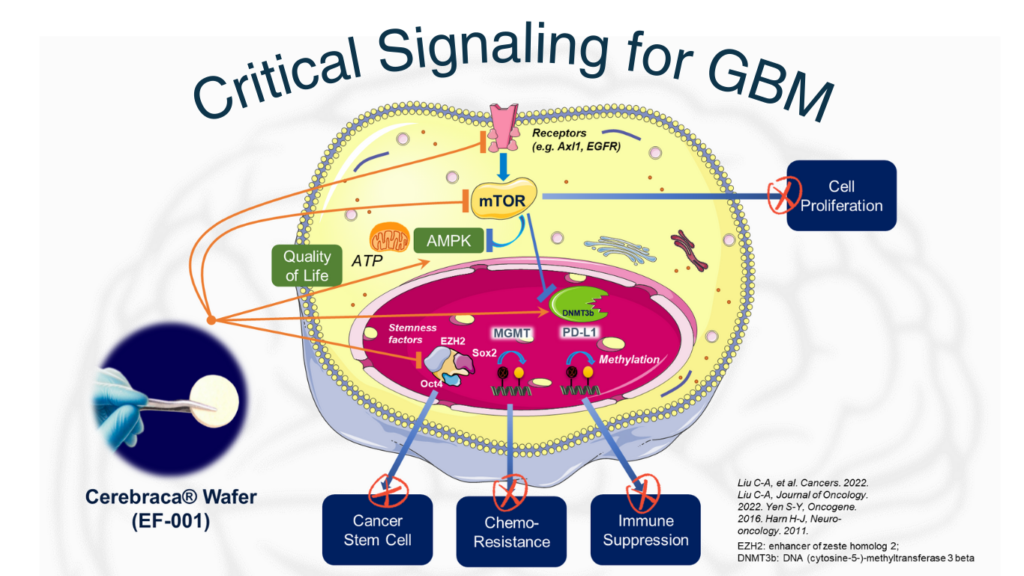
How Does Cerebraca® Wafer Inhibit Brain Tumor Recurrence and Progression?
After the surgical resection of a brain tumor, Cerebraca® Wafer is directly implanted at the margin of the removed GBM. It features a 30-day sustained drug release and a penetration depth of up to 5 cm, creating a high drug concentration environment for effective cancer treatment.
Cerebraca® Wafer is a multi-functional drug that:
- Inhibits receptor tyrosine kinases (Axl-1 and EGFR), thereby preventing the proliferation of cancer cells and cancer stem cells.
- Inhibits the Axl-mTOR pathway and activates AMPK, which increases ATP levels, thereby improving the quality of life for patients.
- Promotes the methylation of MGMT and PD-L1 promoters, overcoming chemotherapy resistance, and transforms the tumor microenvironment from cold to hot, thereby enhancing immune activity.
Clinical Study Status
The Results of Interstitial wafers Cerebraca in Recurrent Gliomas by Prof. Shinn-Zong Lin in ACNS
Summary
- Cerebraca® Wafer, an investigational new drug developed by Everfront Biotech Inc, has shown excellent safety and efficacy in its Phase I clinical trial for the treatment of recurrent malignant brain tumors.
- The trial involved 12 patients, and those who received the highest dose had an average survival time of more than 19 months.
- Cerebraca® Wafer is designed to clear residual malignant brain tumor cells after surgery and reduce chemoresistance with the help of TMZ.
- The current standard treatments for recurrent malignant brain tumors have limited effectiveness, and there is an urgent need for new therapies.
Awards & Achievements
2014 National Innovation Award*
2015 Orphan drug Designation Granted by USFDA
2016 Qualified by the qualified for governmental incentives under Biotech and New Pharmaceutical Development Act in Taiwan
2016 IND application approved by USFDA and TFDA
2019 Taipei Biotech Awards – Innovation Award*
2019 Congress of Neurological Surgeons – selected late-breaking presentation with the highest score
2019 National Innovation Award – Excelsior Award*
2021 National Innovation Award – Excelsior Award*
2022 National Innovation Award – Clinical innovation*
2023 NBRP DEMODAY – Investor’s Choice Award
*Taiwan Government Awarded
Patents
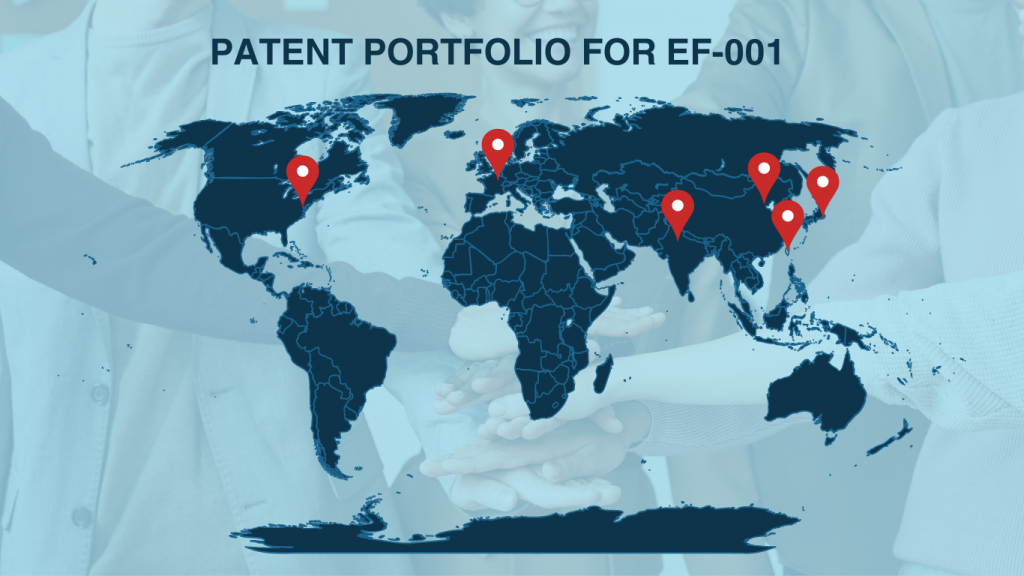
Publications
- 2022 | Interstitial Control-Released Polymer Carrying a Targeting Small-Molecule Drug Reduces PD-L1 and MGMT Expression in Recurrent High-Grade Gliomas with TMZ Resistance
- 2022 | Biodegradable Controlled-release Polymer Containing Butylidenephthalide to Treat a Recurrent Cervical Spine Glioblastoma with Promising Result: a Compassionate Trial Report
- 2022 | Targeting the Axl and mTOR Pathway Synergizes Immunotherapy and Chemotherapy to Butylidenephthalide in a Recurrent GBM
- 2018 | Migration/Invasion of Malignant Gliomas and Implications for Therapeutic Treatment
- 2017 | n-Butylidenephthalide Regulated Tumor Stem Cell Genes EZH2/AXL and Reduced Its Migration and Invasion in Glioblastoma
- 2015 | Biodegradable Interstitial Release Polymer Loading a Novel Small Molecule Targeting Axl Receptor Tyrosine Kinase and Reducing Brain Tumour Migration and Invasion
- 2014 | Brain tumor senescence might be mediated by downregulation of S-phase kinase-associated protein 2 via butylidenephthalide leading to decreased cell viability
- 2013 | The Methanol Extract of Angelica sinensis Induces Cell Apoptosis and Suppresses Tumor Growth in Human Malignant Brain Tumors
- 2013 | (Z)-Butylidenephthalide restores Temozolomide sensitivity to Temozolomide-resistant malignant glioma cells by downregulating expression of the DNA repair enzyme MGMT.
- 2011 | Overexpression of the Orphan Receptor Nur77 and Its Translocation Induced by PCH4 May Inhibit Malignant Glioma Cell Growth and Induce Cell Apoptosis
- 2011 | Local Interstitial Delivery of z-Butylidenephthalide by Polymer Wafers against Malignant Human Gliomas
- 2011 | Butylidenephthalide suppresses human telomerase reverse transcriptase (TERT) in human glioblastomas
- 2010 | Extended O6-methylguanine methyltransferase promoter hypermethylation following n-butylidenephthalide combined with 1,3-bis(2-chloroethyl)-1-nitrosourea (BCNU) on inhibition of human hepatocellular carcinoma cell growth
- 2008 | Orphan Nuclear Receptor, Nurr-77 was a Possible Target Gene of Butylidenephthalide Chemotherapy on Glioblastoma Multiform Brain Tumor
- 2006 | The natural compound n-butylidenephthalide derived from Angelica sinensis inhibits malignant brain tumor growth in vitro and in vivo
- 2005 | The antitumor effects of Angelica sinensis on malignant brain tumors in vitro and in vivo
- 2004 | Acetone extract of Angelica sinensis inhibits proliferation of human cancer cells via inducing cell cycle arrest and apoptosis
Partnering And Collaboration
EFB is looking for the opportunity to cooperate with international pharmaceutical companies or venture capitals.
Please mail us on efbiotech@efbiotech.com

